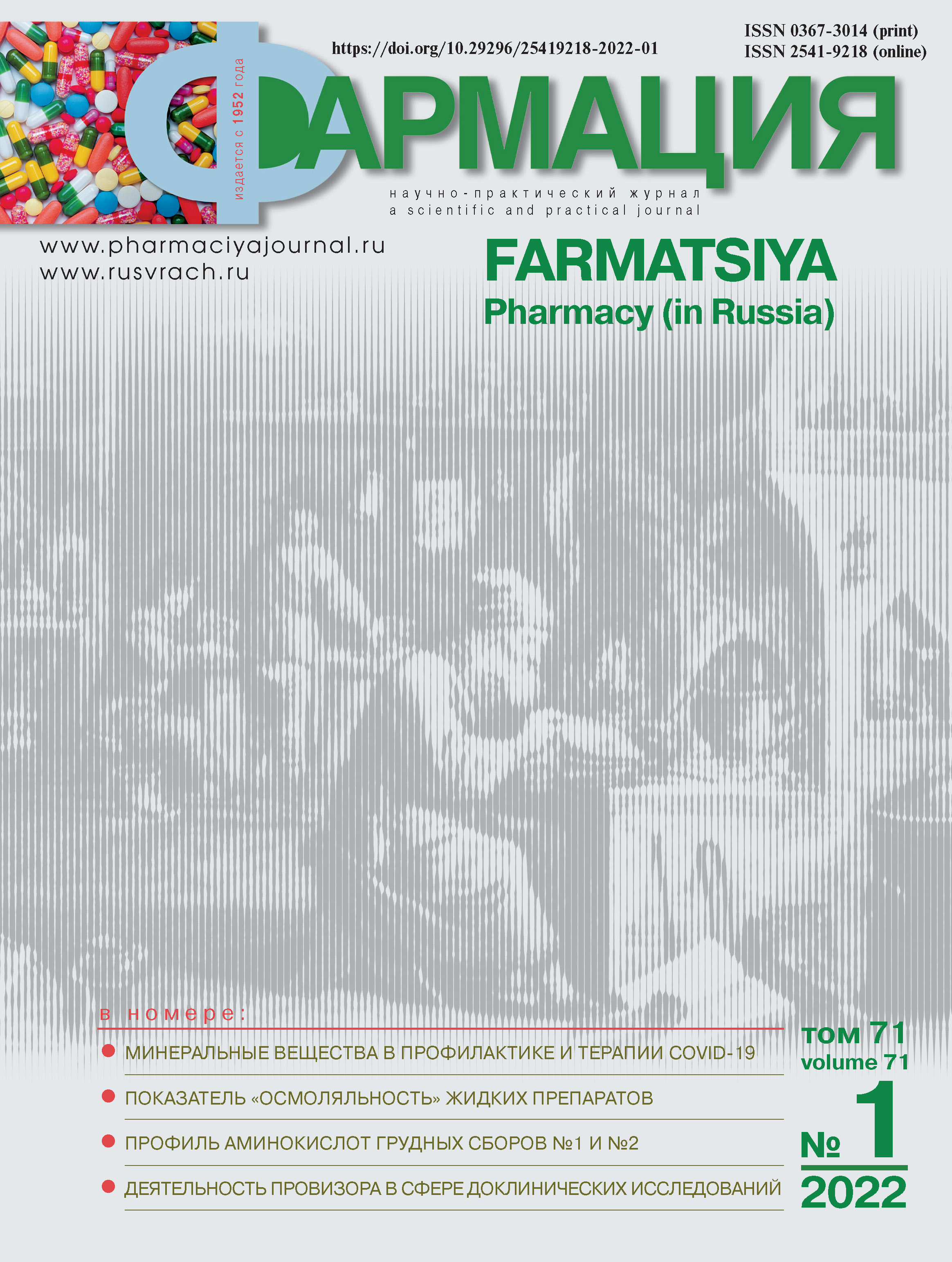Development of a transdermal formulation based on nanocellulose
- Authors: Spatlova L.V.1, Petrov V.A.1, Gibadullin M.R.1, Averyanov N.V.1
-
Affiliations:
- Kazan National Research Technological University
- Issue: Vol 71, No 1 (2022)
- Pages: 39-44
- Section: Articles
- URL: https://journals.eco-vector.com/0367-3014/article/view/113620
- DOI: https://doi.org/10.29296/25419218-2022-01-06
- ID: 113620
Cite item
Abstract
Full Text
About the authors
Lydia Valentinovna Spatlova
Kazan National Research Technological University
Email: lidamet@inbox.ru
Associate Professor Russian Federation,
Vladimir Anatolievich Petrov
Kazan National Research Technological University
Email: ptrv@kstu.ru
Professor Russian Federation,
Marat Rinatovich Gibadullin
Kazan National Research Technological University
Email: gibalullinmr@corp.knrtu.ru
Associate Professor Russian Federation,
Natalia Vladimirovna Averyanov
Kazan National Research Technological University
Author for correspondence.
Email: natalia.v.averianova@gmail.com
Associate Professor Russian Federation,
References
- Dufresne A. Nanocellulose: a new ageless bionanomaterial. Materials today. 2013; 16 (6): 220-7.
- Петров В.А., Гибадуллин М.Р., Аверьянова Н.В. Получение наноразмерной целлюлозы области ее применения. Вестник Казанского технологического университета. 2014; 17 (20): 58-60.
- Яремчук А.А., Хишова О.М., Половко Н.П. Изучение осмотических свойств декспантенола. Режим доступа http://dspace.nuph.edu.ua/bitstream/123456789/7643/1/114.pdf
- Петров А.А., Аверьянова Н.В. Гибадуллин М.Р., Хамматов И.А. Структурные особенности микрофибриллярной целлюлозы из различного сырья. Вестник технологического университета. 2013; 16 (23): 50-1.
Supplementary files










